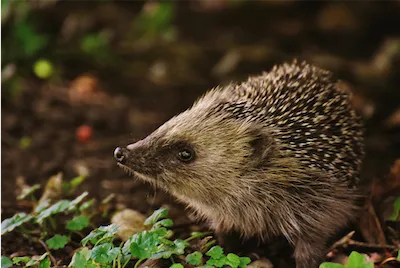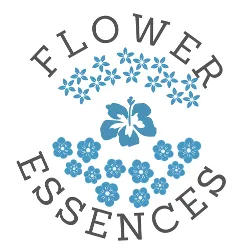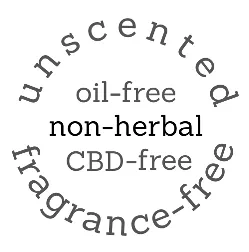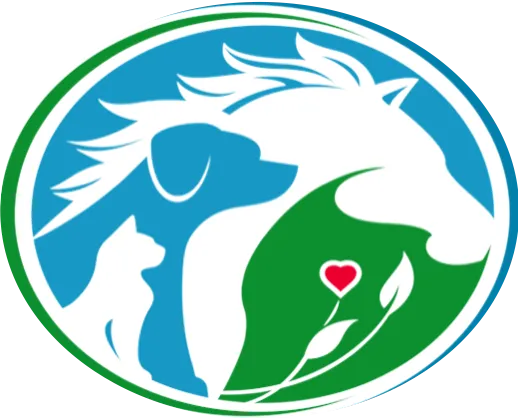Cats, Dogs, Horses, Small Pets, Birds, Poultry & Reptile
(How to Use with Fish is below)
read our pet testimonials & articles about
Pint-sized Well-being Bliss

Understanding Small Pet Separation Anxiety-A Basic Guide
Small Pet Separation Anxiety
Introduction:
Within the captivating universe of small animal pets, where each diminutive creature holds a unique personality, the bonds formed with human caregivers are profound. Yet, within their petite frames, these companions may grapple with the poignant challenge of separation anxiety. This extended exploration aims to unravel the intricate facets of small pet separation anxiety, providing an in-depth analysis of the causes, symptoms, and nuanced strategies to ensure the emotional well-being of your pocket-sized friends during periods of solitude.
Understanding Small Pet Separation Anxiety:
The emotional landscape of small pets is as diverse as the array of species within this category. From sociable guinea pigs to the more solitary hamsters and gerbils, separation anxiety manifests uniquely across these animals. This necessitates a tailored understanding of their specific needs. While guinea pigs may express stress through vocalizations and restless behavior, hamsters might exhibit signs of distress through alterations in their nocturnal activities or grooming habits. Here is a look at guinea pigs, rabbits, hamsters, and gerbils...
Guinea Pigs: The Social Butterflies
Guinea pigs, renowned for their sociable nature, often form tight-knit bonds with their cage mates. When faced with separation, these social butterflies may exhibit signs of distress through increased vocalizations, restless behavior, and a noticeable decline in overall activity. Tailoring strategies for guinea pig separation anxiety involves introducing compatible companions, ensuring a secure and enriched environment, and providing ample opportunities for social interaction, even during short separations.
Rabbits: Complex Bonds and Unique Expressions
Rabbits, known for their complex social structures, can experience separation anxiety in nuanced ways. Thumping, changes in eating habits, and destructive behavior may signal distress. For rabbits, companionship is paramount. Strategies include introducing a bonded mate, creating secure hiding spots, and implementing environmental enrichment through varied textures and surfaces. Bonding activities, like gentle petting and shared playtime, contribute to their emotional well-being during moments of separation.
Hamsters: Solitude Seekers with Nocturnal Habits
Hamsters, often preferring a more solitary existence, can still face separation challenges, particularly if their routines are disrupted. Signs of anxiety may manifest through altered nocturnal activities or excessive grooming. Creating a secure and enriched environment is essential, offering cozy hideouts, stimulating toys, and predictable routines that align with their nocturnal habits. For hamsters, a careful balance between solitude and engaging activities is key to alleviating separation anxiety.
Gerbils: Curious Explorers with Territorial Instincts
Gerbils, known for their inquisitive nature and strong territorial instincts, may display signs of anxiety through territorial behaviors or altered grooming patterns. Strategies for gerbil separation anxiety involve providing a secure habitat with ample hiding spots, tunnels, and toys. Creating a consistent routine and incorporating foraging activities stimulate their curious minds, offering a sense of security during periods of separation.
Recognizing Small Pet Separation Anxiety Symptoms:
To decipher the subtle language of small pet behavior, one must be attuned to the nuanced signs of distress. Rabbits may express anxiety through thumping, shifts in their eating habits, or destructive behavior. Understanding these varied behaviors enables pet owners to intervene effectively and design environments that cater to their pets' emotional needs.
Effective Small Pet Separation Anxiety Strategies:
1. Companion Animals:
The dynamics of small pet companionship require species-specific considerations. While guinea pigs and rabbits often thrive with companions, other species, like hamsters, may prefer a more solitary existence. Introducing compatible companions can provide a source of comfort during periods of separation.
2. Secure and Enriched Environment:
Tailoring the living space to the specific needs of each species is paramount. For example, rabbits benefit from environments with ample hiding spots, while hamsters thrive with engaging toys that stimulate their natural behaviors. See below for specific ideas.
3. Routine and Predictability:
Establishing a consistent routine is essential, but it must align with the natural behaviors of each species. Predictable feeding schedules may suit communal eaters like guinea pigs, while scheduled playtime aligns with the nocturnal habits of hamsters.
4. Bonding Activity:
The bond between small pets and their owners is nurtured through positive interactions. Regular handling, gentle petting, and bonding activities contribute to a sense of security, making periods of separation more manageable.
5. Calming Products-including flower essences:
Flower Essences (Bach Flower Essences, for example): These natural and non-intrusive remedies can be seamlessly integrated into a small pet's routine. Administered directly or added to their water, these essences aim to restore emotional balance and ease separation-related stress.
Aromatherapy: Delving into aromatherapy introduces scents like lavender or chamomile, carefully tailored to suit the preferences of each species. Diffusing these calming aromas creates a serene atmosphere for your small pet.
6. Consult with a Veterinarian:
Owners should recognize the importance of seeking professional guidance when faced with persistent or severe separation anxiety. Veterinarians bring invaluable insights, conducting thorough examinations to rule out underlying health issues and providing personalized recommendations based on their expertise.
Small Pet Environmental Enrichment Stratgies for Separation Anxiety:
1. Secure Hiding Places:
Small pets often find comfort in secure hiding spots. Provide cozy shelters or tunnels where they can retreat during periods of solitude.
2. Foraging Opportunities:
Stimulate their natural instincts by introducing foraging activities. Hide treats or food within toys, encouraging mental engagement during times of separation.
3. Varied Textures and Surfaces:
Enrich their environment with a variety of textures and surfaces. Different bedding materials, soft fabrics, and textured toys contribute to a sensory-rich experience.
Conclusion:
In the intricate tapestry of small pet care, addressing separation anxiety demands a nuanced and compassionate approach. By delving into the specifics of each species, pet owners can tailor their strategies, ensuring the emotional well-being of their beloved companions during moments of solitude. Whether it's creating enriching environments, fostering companionship, or incorporating calming products, these efforts contribute to a happier, healthier life for small pets facing the unique challenge of separation anxiety. Remember, the journey to soothe small pet separation anxiety is as unique as each tiny pawprint, and this comprehensive guide is here to light the path.
A Trained Animal Communicator Connects with Your Pet
With every order, a trained animal communicator connects with your pet to choose the right blend of flower essences
(e.g. Bach Flower Essences) for calming their anxiety. Custom blended flower essences are natural pet calming products.






Calm Animal Solutions
Calm Animal Solutions offers customized, natural remedies for dog anxiety, and are calming for cats. Plus, we create blends for horses, small animal pets, birds, poultry, reptiles, and fish.
©2024, Catherine Winfree. All rights reserved.
Mandatory FDA Notice: The statements made regarding Calm Animal Solutions have not been evaluated by the Food and Drug Administration. These products are not intended to diagnose, treat, cure, or prevent any animal disease. Although the ingredients in Calm Animal Solutions are generally regarded as safe, you are encouraged to consult your veterinary before using any essence product (such as Bach Flower Essences, for example).
A Trained Animal Communicator Connects with Your Pet
With every order, a trained animal communicator connects with your pet to choose the right blend of flower essences (e.g. Bach Flower Essences) for calming their anxiety. Custom blended flower essences are natural pet calming products.





Mandatory FDA Notice: The statements made regarding Calm Animal Solutions have not been evaluated by the Food and Drug Administration. These products are not intended to diagnose, treat, cure, or prevent any animal disease. Although the ingredients in Calm Animal Solutions are generally regarded as safe, you are encouraged to consult your veterinary before using any essence product.

Home | Contact | Terms | Privacy Policy | About Catherine
©2024, Catherine Winfree. All rights reserved.


